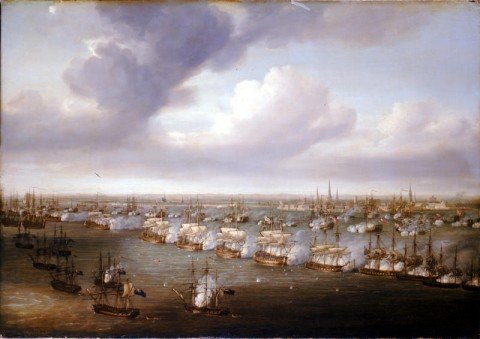The fire in Llŷn
The fire at Penyberth, in the Llŷn peninsula, is an important part of the history of the Welsh nationalist movement. In the early hours of 8 September 1936, three men, Saunders Lewis, Lewis Valentine and D. J. Williams, entered an aerodrome which was being built for the RAF as a bombing school and deliberately set […]


